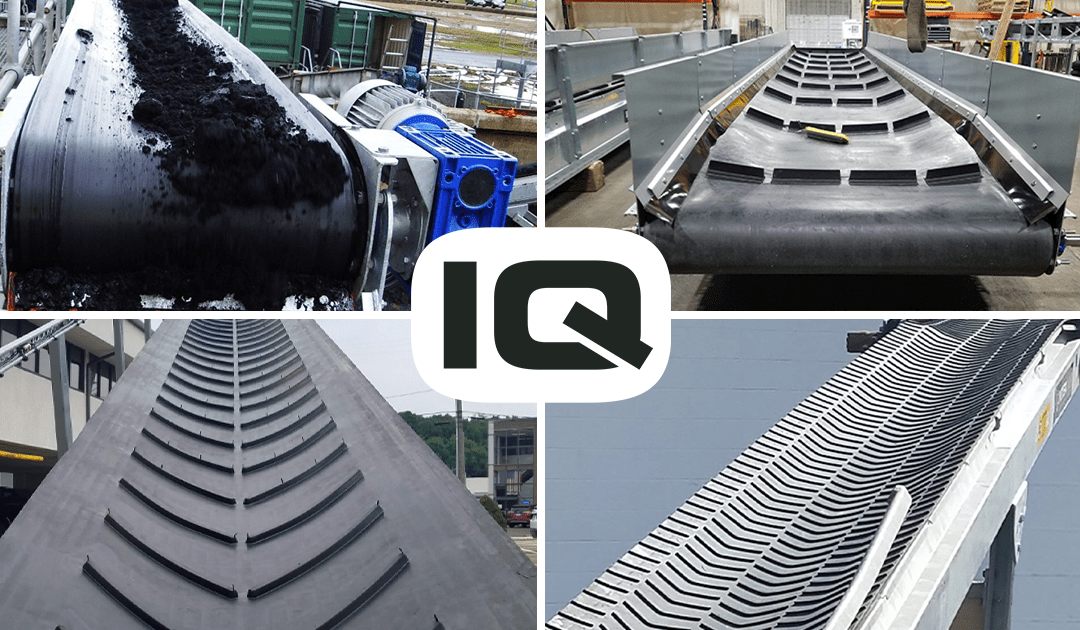Conveyor belting is an important component in the material handling process. Different types of conveyor belts offer different advantages and disadvantages, making them suitable for different applications.
Flat Conveyor Belting
Flat conveyor belting is the simplest type of conveyor belting. It consists of a flat, smooth surface that is ideal for transporting light and medium-duty items. Flat belts are typically used in applications where the material being conveyed does not require any special handling, such as in packaging and assembly operations. They are also used in applications where the conveyor is required to have a low profile. Flat belts are relatively inexpensive, but they do have some disadvantages. For example, they are not ideal for transporting heavy items or materials that tend to slip or roll.
Cleated Conveyor Belting
Cleated conveyor belting has a series of cleats or projections on the belt’s surface that help to keep the material being conveyed from slipping or sliding. Cleats are typically made from rubber and are spaced evenly along the length of the belt. Cleated belts are ideal for transporting heavy items or materials that require special handling. They are also used in applications where the material being conveyed needs to be kept separate from other materials, such as in food processing operations. Cleated belts are relatively expensive compare to flat belts, but they offer a much higher level of security for the material being conveyed.
MAXIMIZE CONVEYOR BELT PERFORMANCE NOW!
Unlock peak conveyor efficiency with our Comprehensive Maintenance Guide. Discover expert tips, best practices, and more in 15 chapters. Ensure safety, extend belt life, and boost productivity. Download now and stay ahead in your industry!
Chevron Conveyor Belting
Chevron conveyor belting has a series of V-shaped profiles on the belt’s surface that help to keep the material being conveyed from slipping or sliding. Chevron belts are typically used in applications where the material being conveyed requires special handling. They are also used in applications where the conveyor is required to have a high degree of incline or decline as in mining operations. Chevron belts are relatively expensive compared to flat and cleated belts, but they offer an even higher level of security for the material being conveyed.
Multi-Chevron Conveyor Belting
Multi-chevron conveyor belting is similar to chevron belting but with multiple V-shaped profiles on the belt’s surface. Multi-chevron belts are typically used in applications where the material being conveyed requires a high level of security. They are also used in applications where the conveyor is required to have a high degree of incline or decline. Multi-chevron belts are the most expensive type of conveyor belting, but they offer the highest level of security for the material being conveyed.
Choosing the right type of conveyor belting depends on the specific requirements of the application. Flat conveyor belting is ideal for light and medium-duty applications where the material being conveyed does not require special handling. Cleated conveyor belting is ideal for heavy items or materials that require special handling. Chevron and Multi-chevron conveyor belting are ideal for applications where the material being conveyed requires special handling and the conveyor is required to have a high degree of incline or decline.

